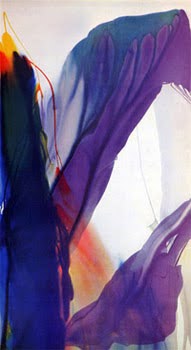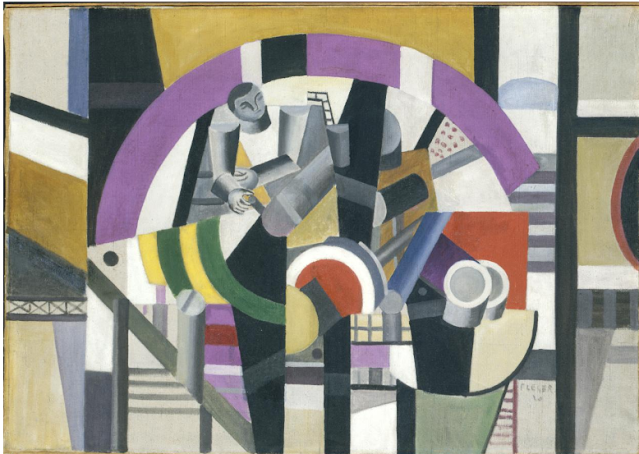Paul Jenkins, Phenomena, Yonder Near

Jenkin's had a stronger following in Europe, than the U.S. One American critic labeled his paintings a "popular" idea of abstract art, and "to gorgeous for their own good". And, here we have an excellent example - for this painting is beautiful. It is still to early to learn how kind history will be to Paul Jenkins, but today, this is a fun image to admire.
Jenkins developed a unique method of painting. While others were dripping paint or pouring thin layers on un-primed canvas, Jenkins used primed canvas and carefully poured paint allowing it to roll, pool or bleed as he desired. He moved the canvas to his will and used a special ivory knife to help control the paint application.
Phenomena, Yonder Near was painted in 1964, it is 2971 x 1639 mm. It is an acrylic on canvas and is part of the Tate Gallery in London.
Make Art a part of your day, it's a beautiful thing to do.



I was not familiar with this amazing artist, but it seems that he mingled with, and was accepted by artists of every style. His diverse interests in life transferred to his canvas's in such a variety of color, intensity, and design. Though he poured paint, he carefully controlled the shapes, colors or bleeding to get an acceptable composition. I like his bright bold colors. Each painting seems to make its own confident, bold statement. He maneuvers the paint into such pleasant and unexpected designs. Joyful to look at and challenging to interpret.
ReplyDelete